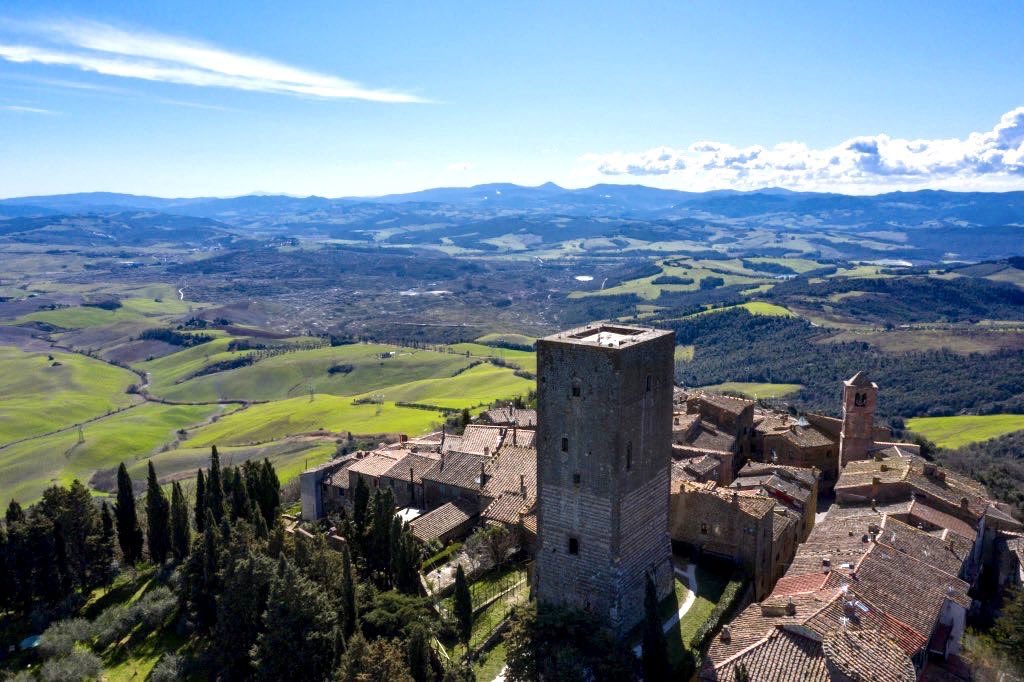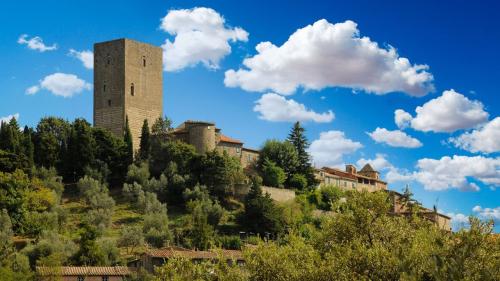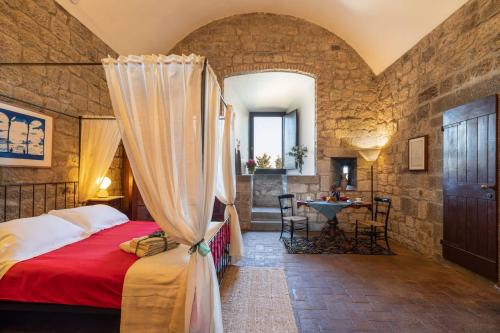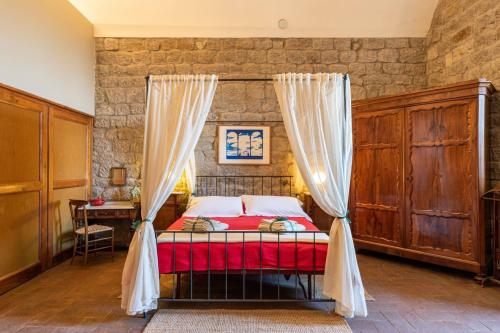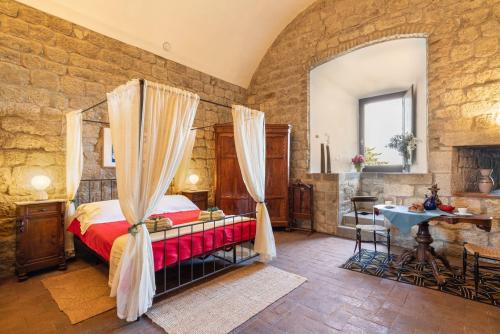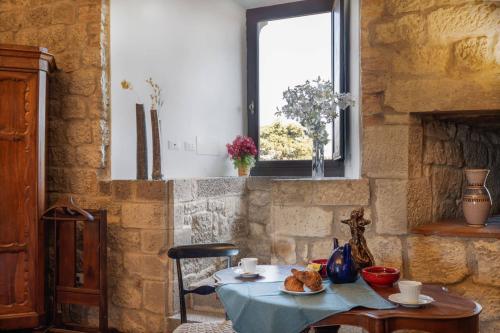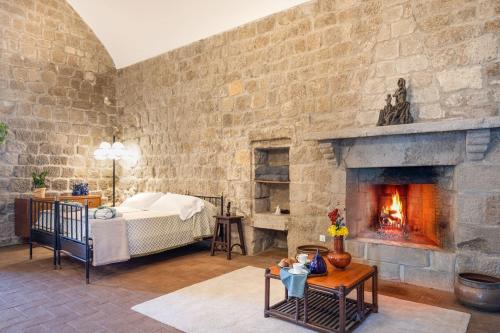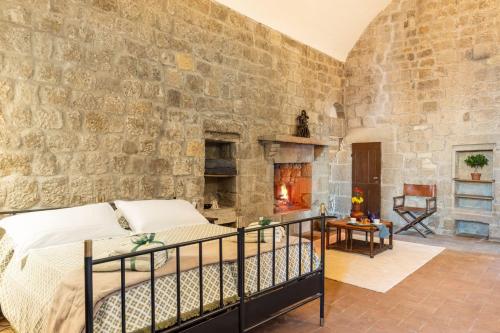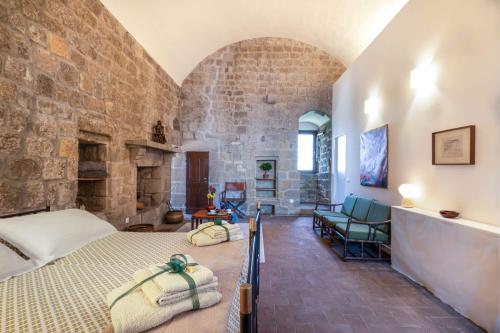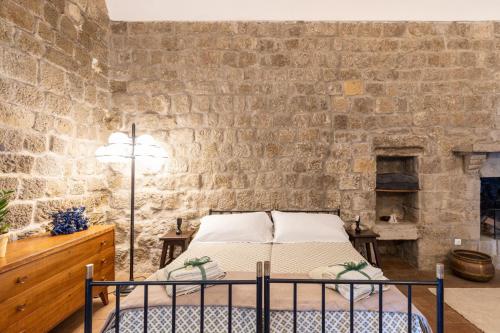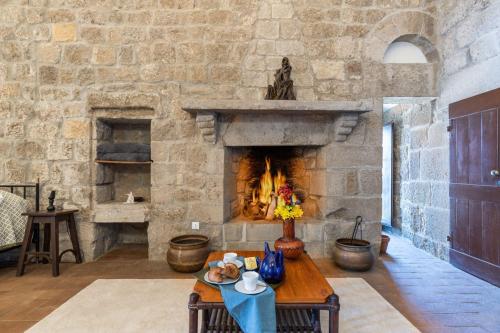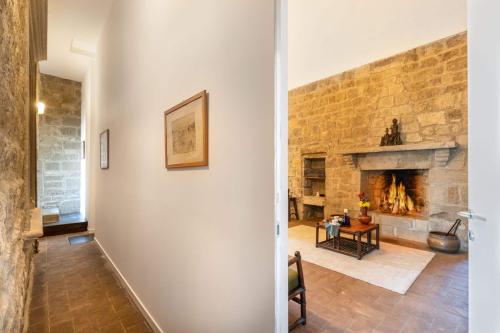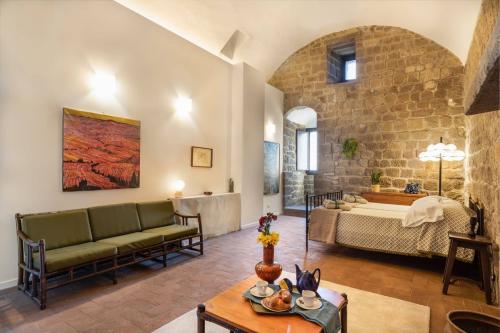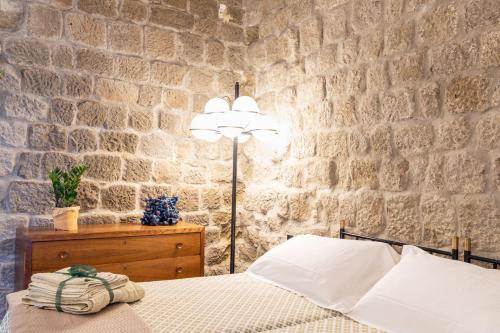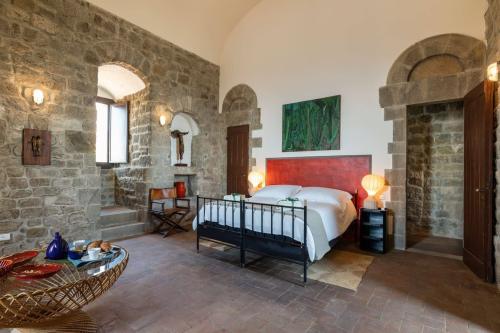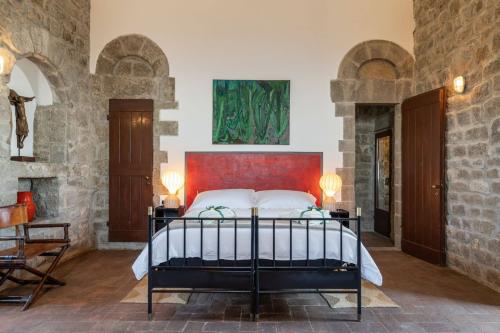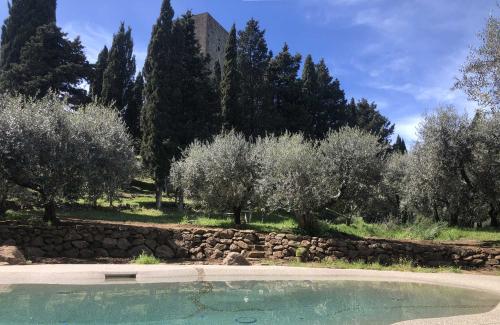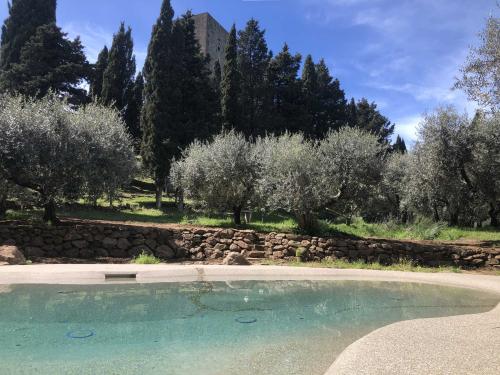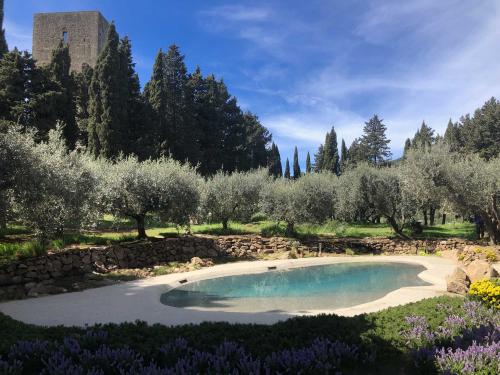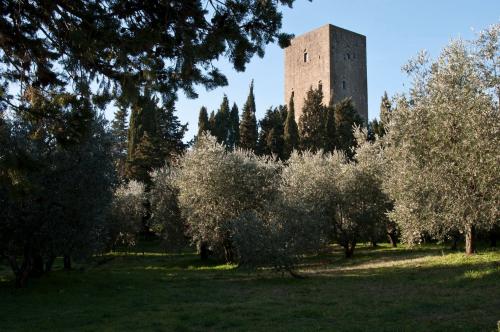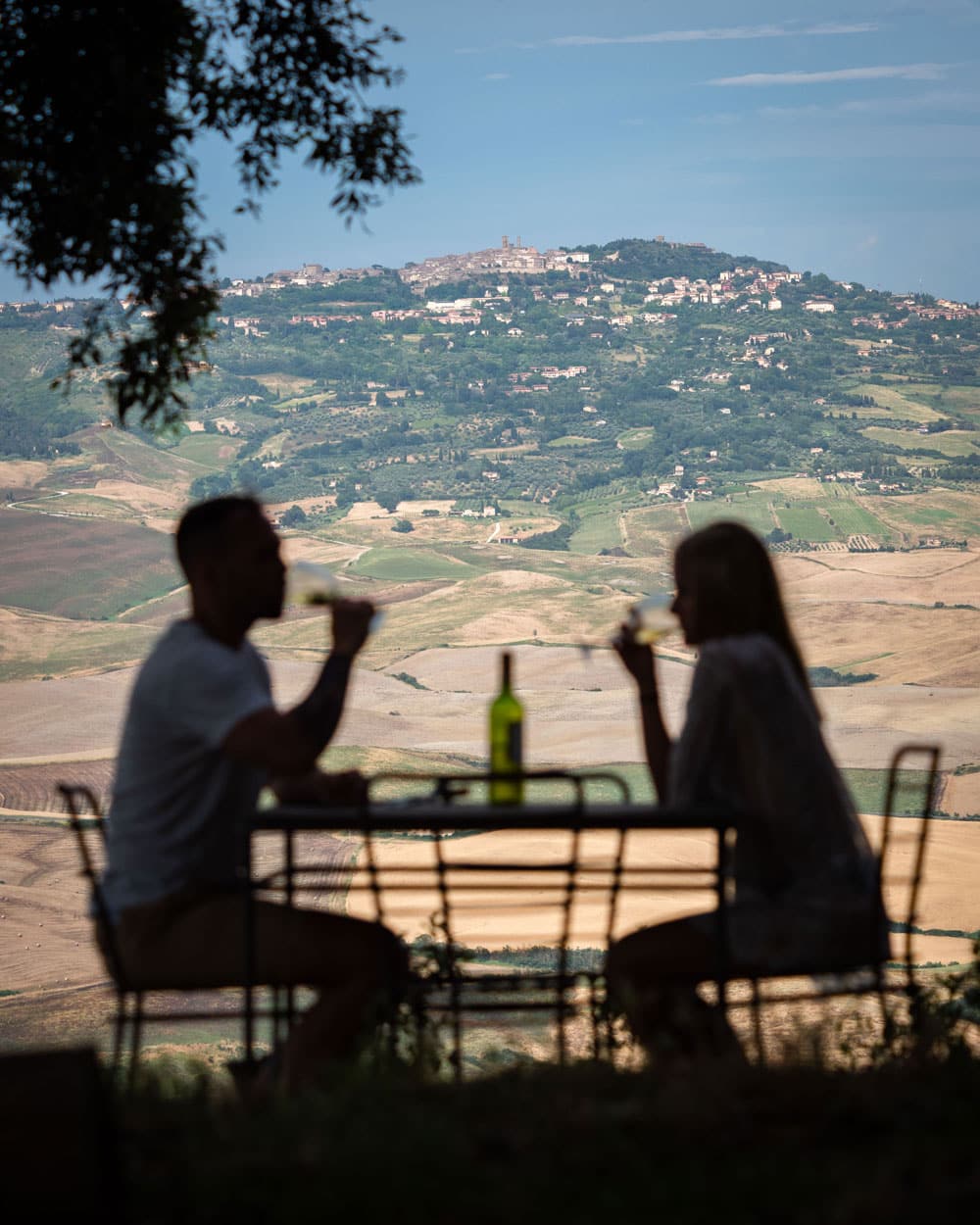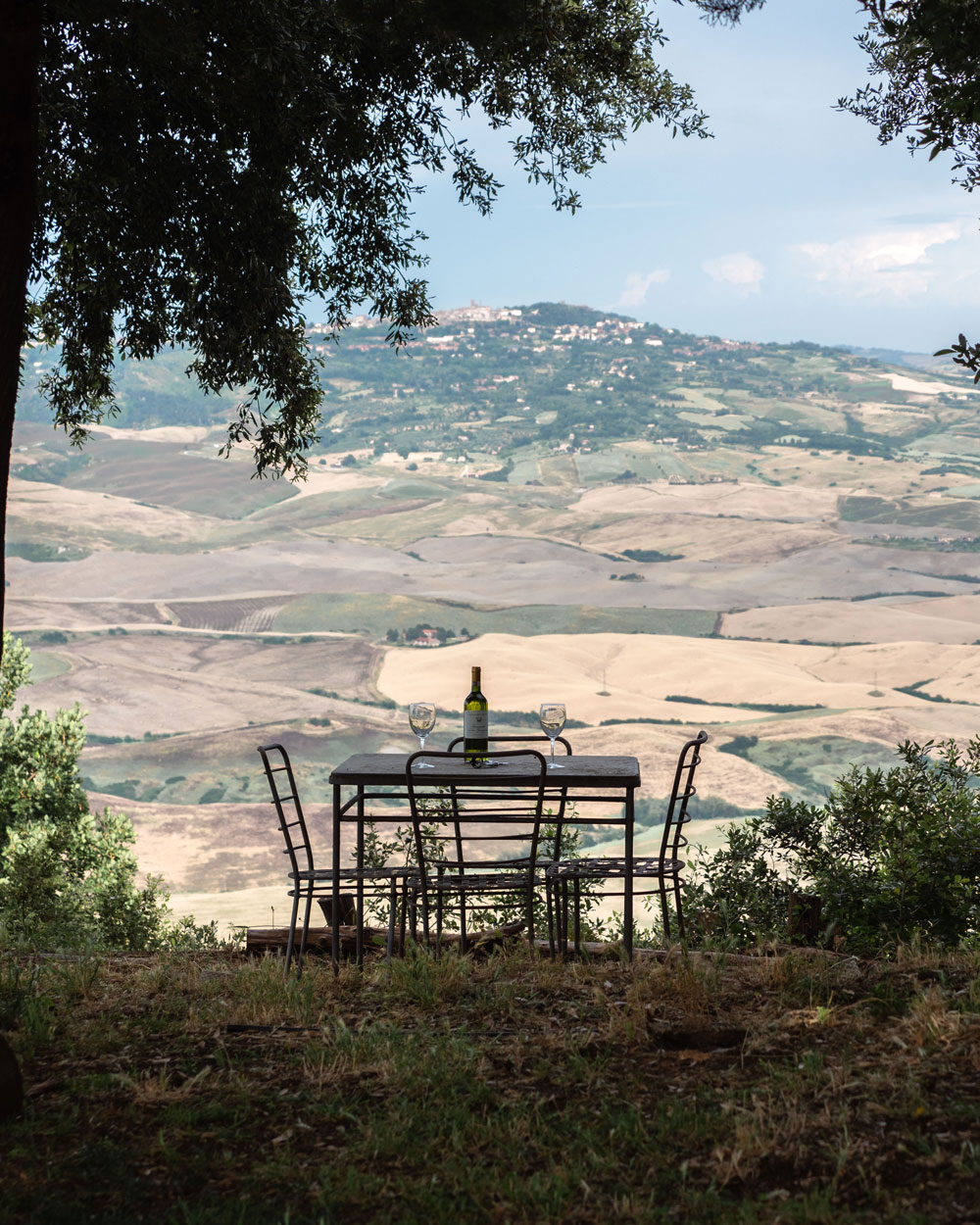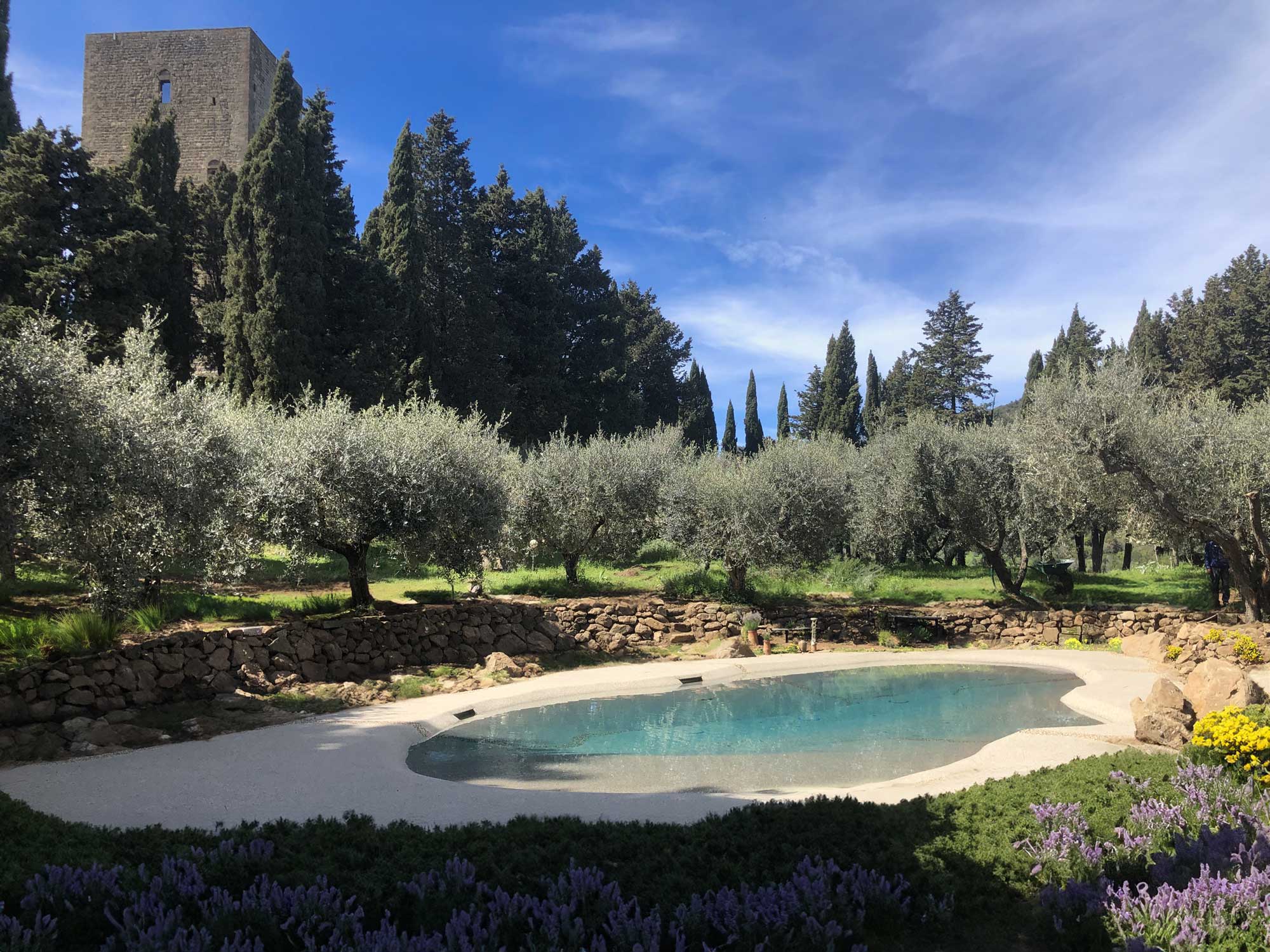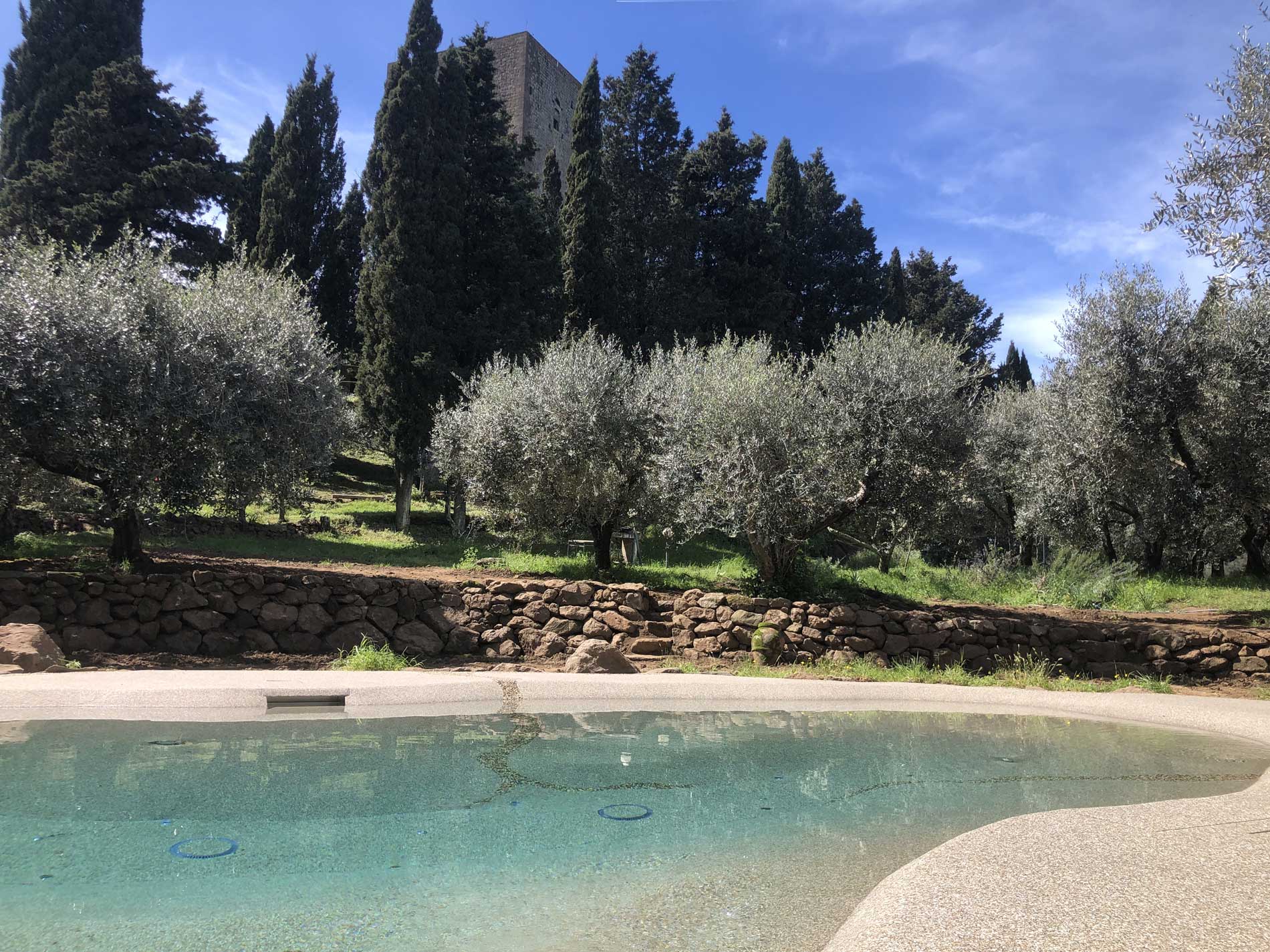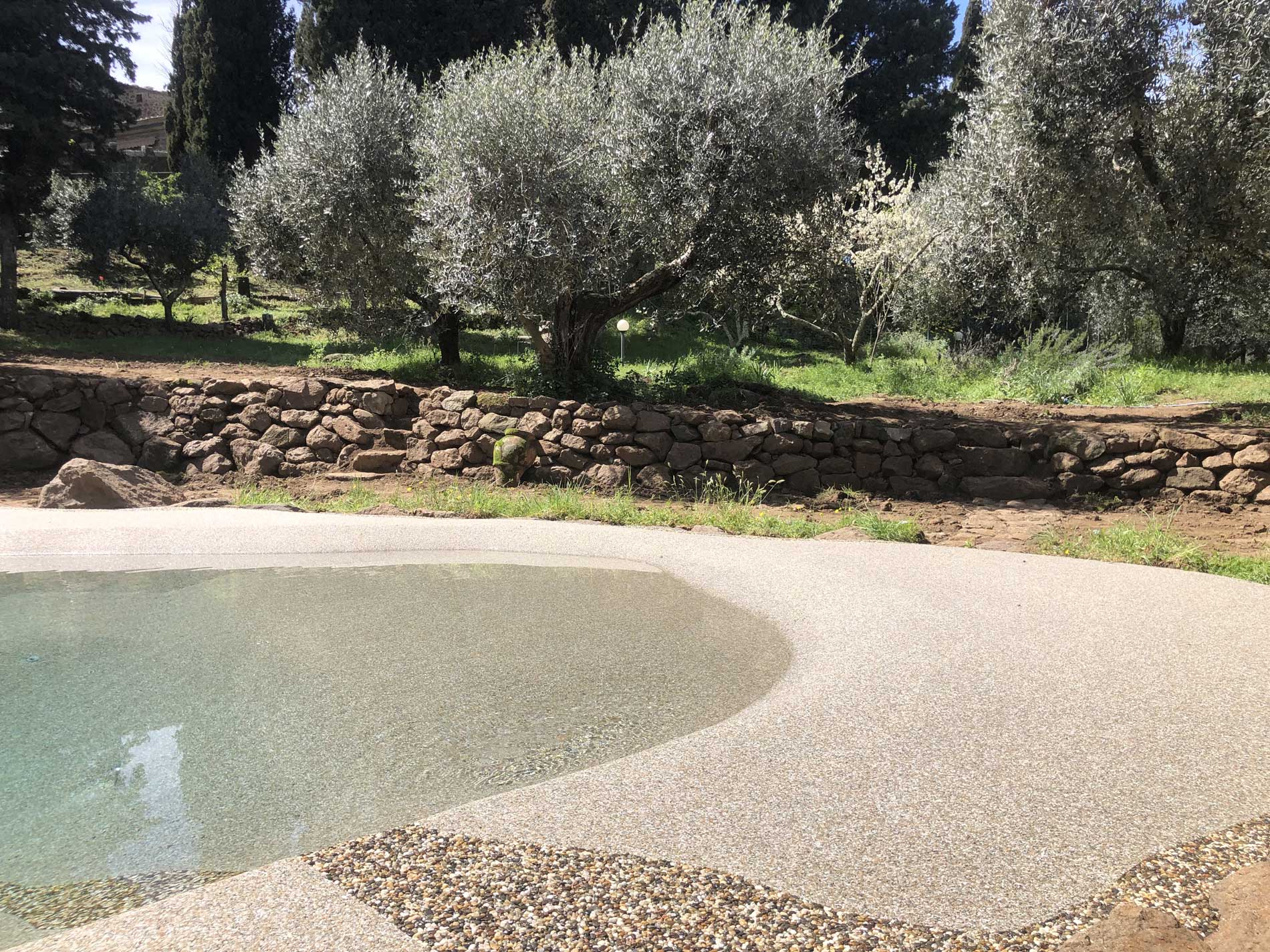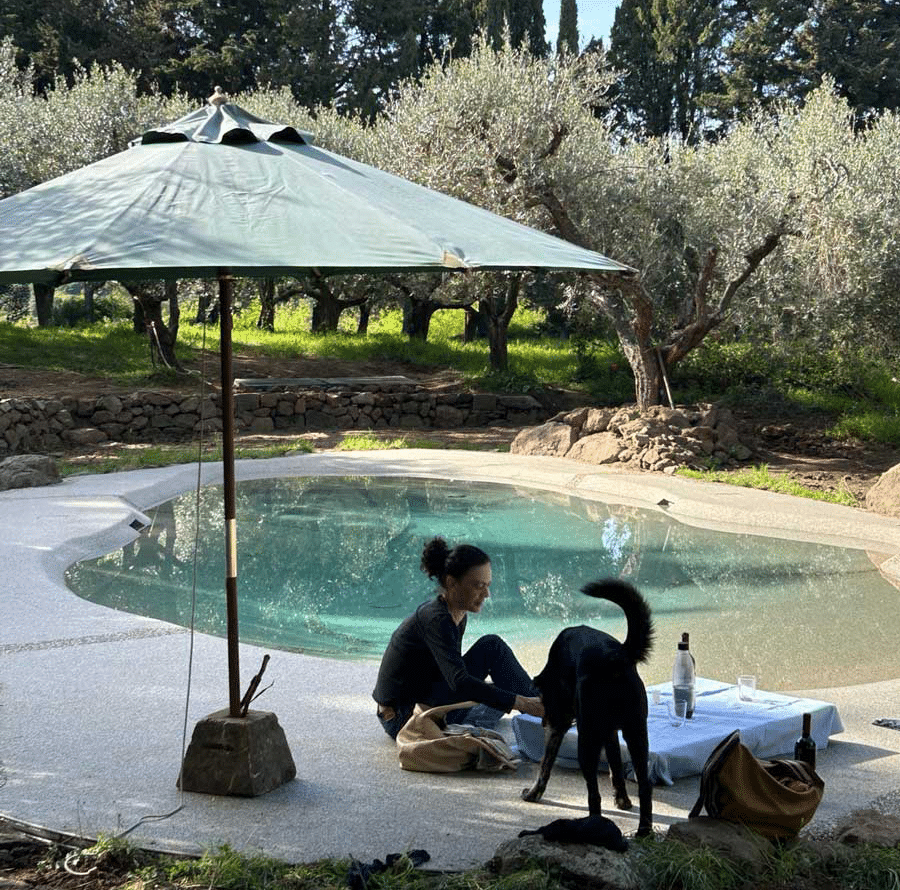The Tower
An evocative plunge into the past
ENTIRE FACILITY
-
Belforti Tower
ENTIRE FACILITYLet the enchanted atmosphere envelop you. You will be able to hear the echoes of princes and princesses, tyrants and valiant knights. The mighty stone walls, high ceilings and steep stairs will turn your stay into a journey through time.










 € 479 per night
€ 479 per night
The Belforti Tower is a 14th-century historic residence located on top of Montecatini in the Cecina Valley. Surrounded by forests and clay hills, it offers its guests incredible views and enchanted atmosphere.
If you are looking for a unique and evocative experience, if you need to immerse yourself in nature, if you love beauty and are passionate about art and history, the Belforti Toweris the place for you.
Renting the entire facility you will have: 3 rooms, the park with pool and barbecue.

